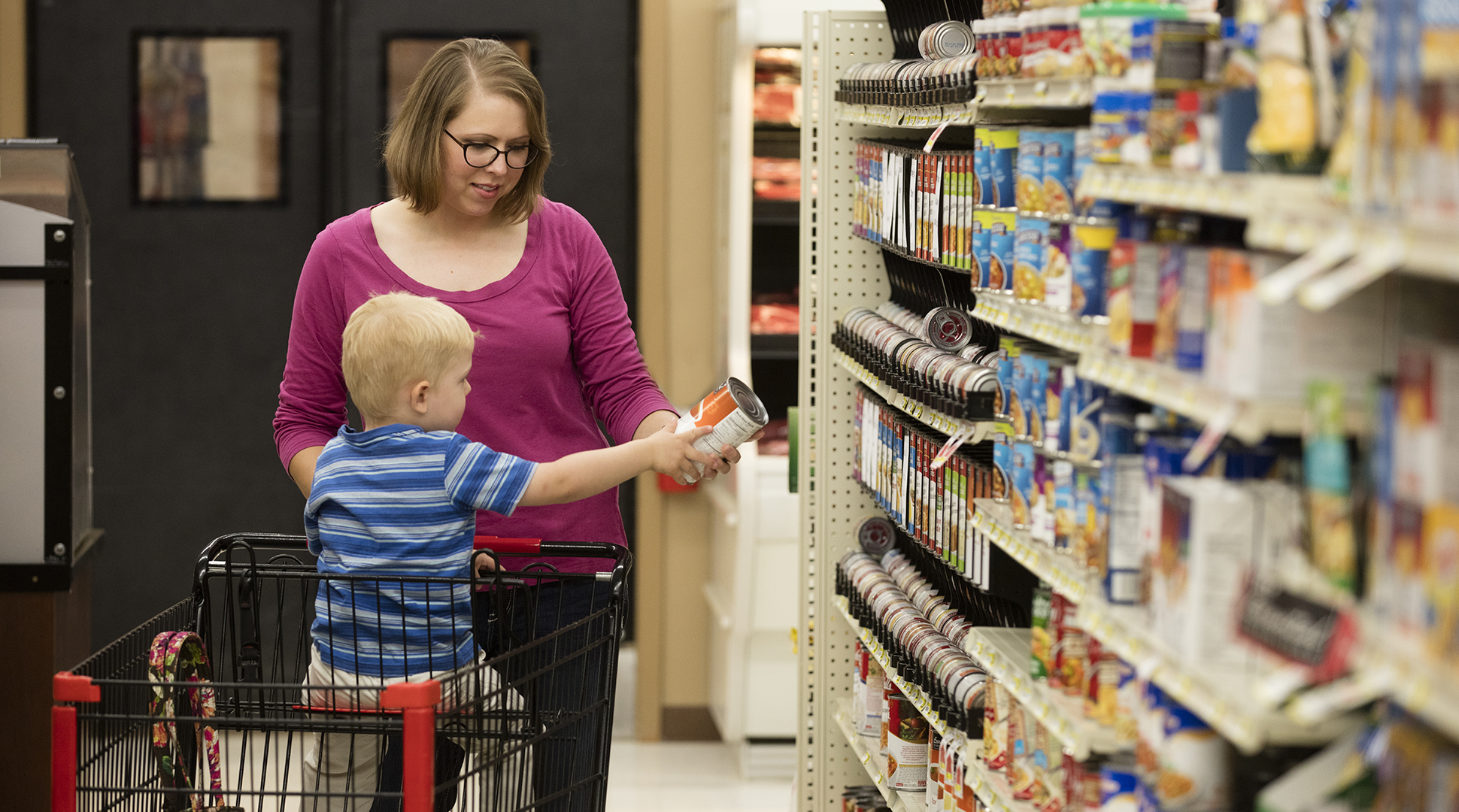You may have seen news or online content about chemicals in our foods. Perhaps you’re wondering, is a food safe to eat if it contains chemicals?
All our food — like everything in the world — is made up of chemicals. The presence of a chemical alone isn’t what determines whether a food is safe to eat. To assess the safety of chemicals in food, scientists at the U.S. Food and Drug Administration and others worldwide look at information about the chemical’s safety, as well as how much of a chemical is in the food and how much a person eats or drinks. It’s the amount that counts.
Our Food is Chemicals: Facts, Science and Safety
What does it mean that food is made up of chemicals? Chemicals exist in whole foods and provide nutrition, like potassium in bananas, for example. The water, protein, fats, and carbohydrates we need for a healthy, balanced diet are chemicals, too. Some chemicals are added to food for nutritional benefits, like milk fortified with vitamins A and D, or to protect food from spoiling or to prevent pathogens (germs) that could make people sick. Chemicals also add flavor and enhance food in other ways.
Points to Consider When Reading About Chemicals in Food
Reading or hearing about chemicals in food, when combined with words like “toxic,” “extremely dangerous” and “cancer-causing” may be scary, especially if you aren’t getting all the facts.
Here are a few points to help you navigate information about chemicals in food:
- More complete information from a credible medical and scientific source would likely explain how much of the chemical is in the food, how much of a food someone actually eats or drinks and whether the chemical is present at a level that is harmful to people.
- Chemical names may sound complicated but that does not mean they are not safe. Some may be ingredients you are familiar with. For example, tocopherols are vitamin E, sodium chloride is salt, and dihydrogen monoxide is water.
- Some chemicals safely used in food may have other non-food uses. For example, vinegar is used as a household cleaner but also is used in small amounts in food. If used in food, a chemical must meet the FDA’s safety standard.
Making Food Choices
Eating a variety of nutrient-dense food can help reduce your exposure to any one chemical. Whether you cook from scratch or buy some prepared or packaged items, remember:
- Eat a variety of vegetables, fruits, whole grains, lower-fat dairy, protein food and certain oils.
- Eat and drink fewer foods and beverages high in saturated fat, sodium or added sugars.
Food choices are yours to make. We hope this helps you make the choices that work best for you and your family.
Read the entire article on the FDA website here.
